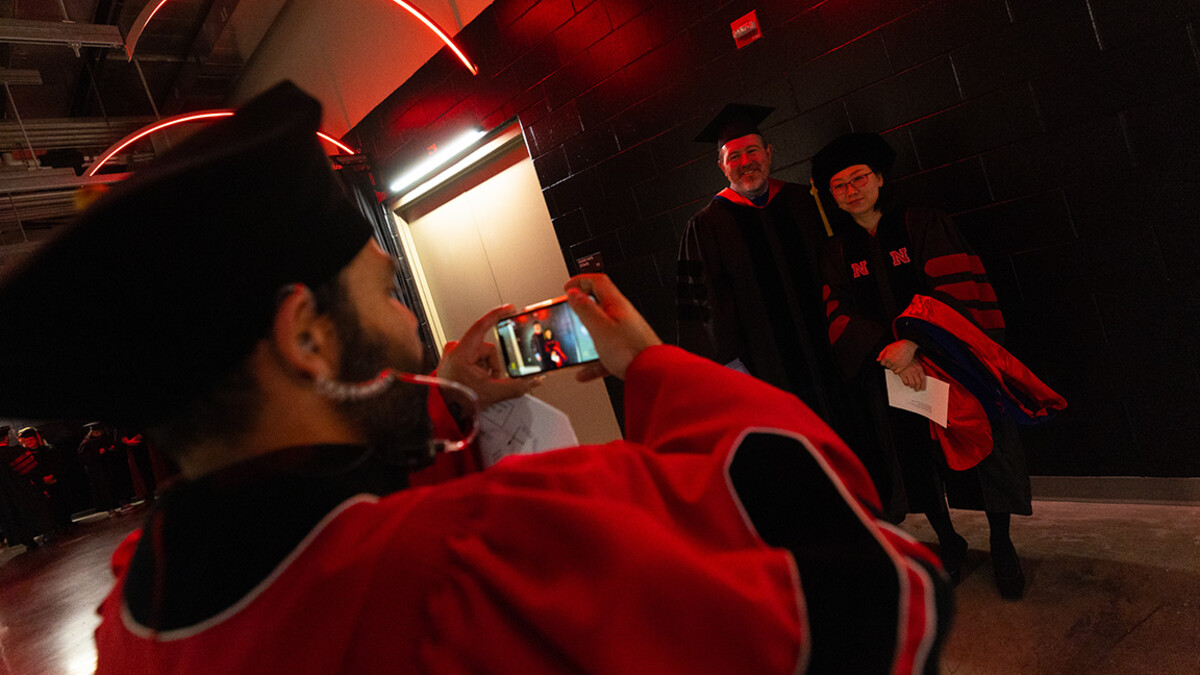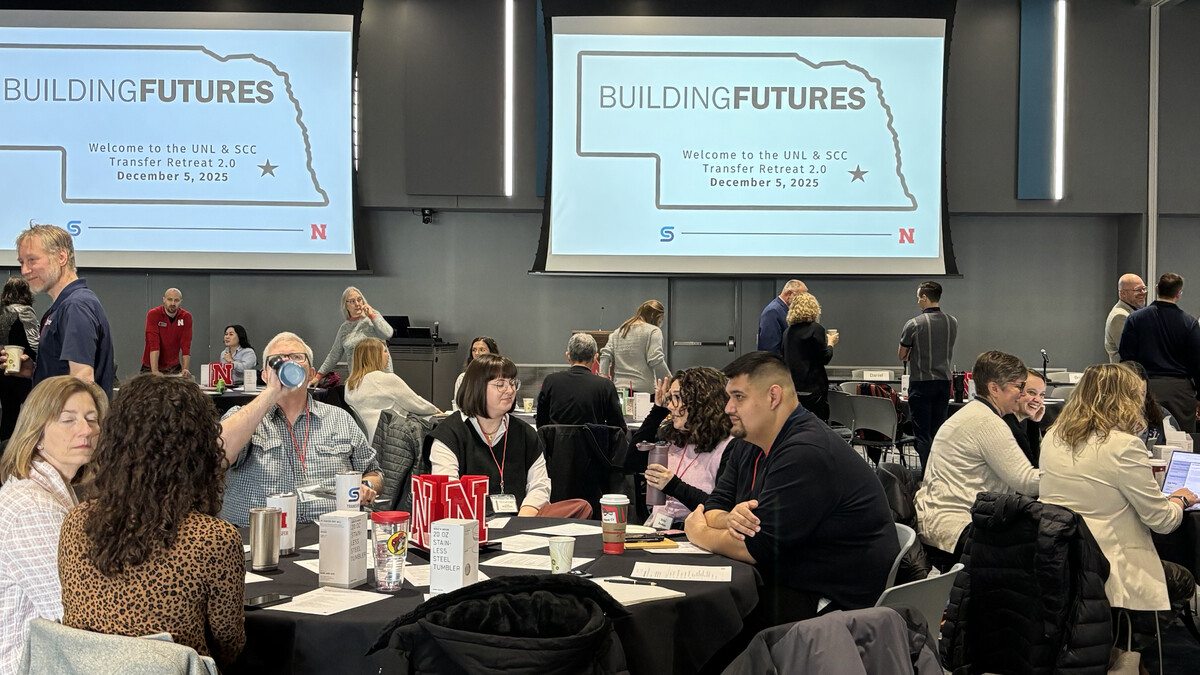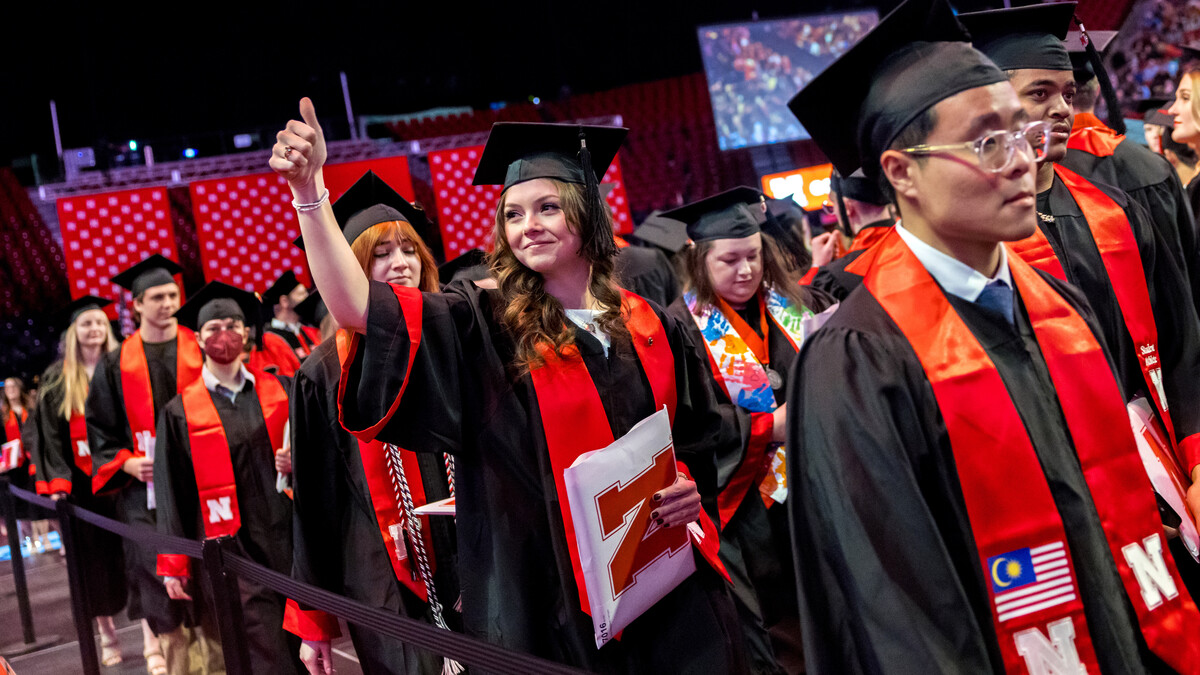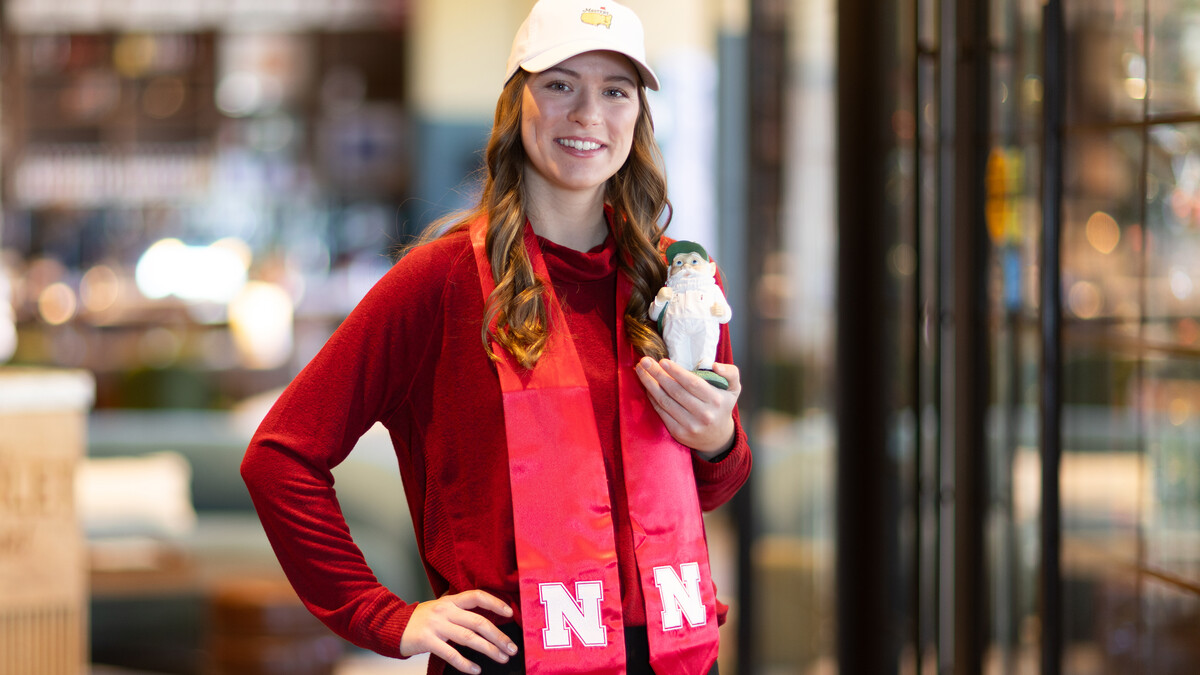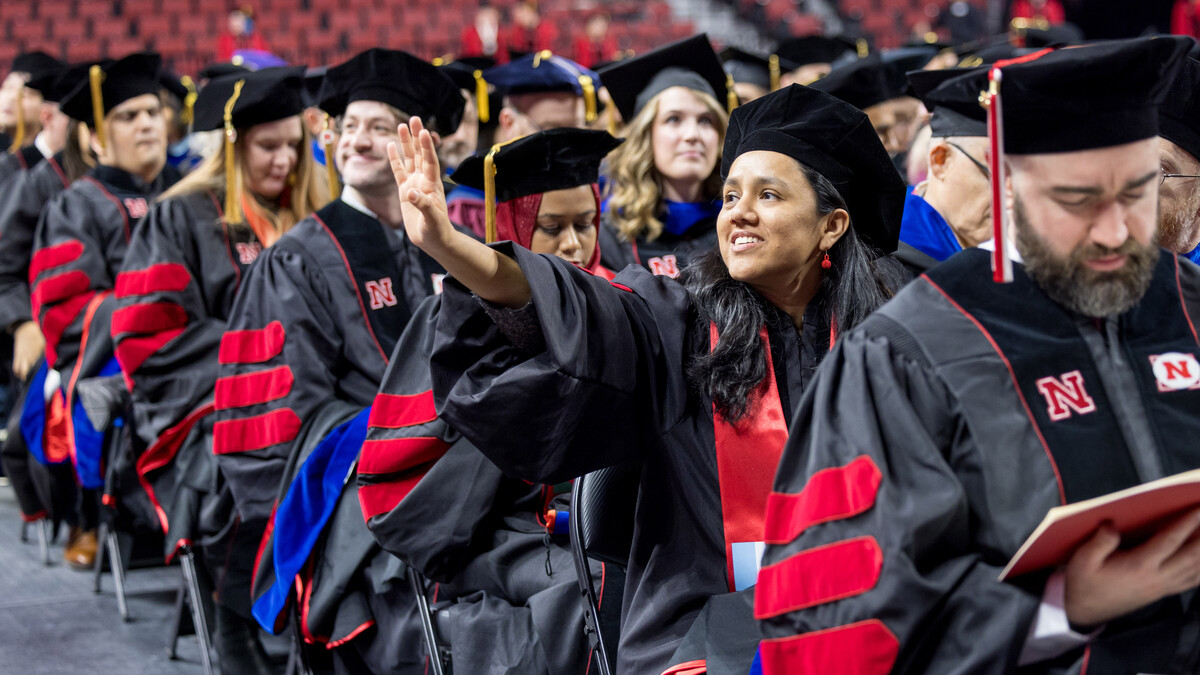
You don’t have to like snakes to appreciate them – at least that’s what Dennis Ferraro said.
“My main function is to instill appreciation and awareness,” said Ferraro, herpetologist and professor of practice.
A part of that effort includes the new and improved “Amphibians, Turtles & Reptiles of Nebraska” website, http://snr.unl.edu/herpneb/, managed by Ferraro and his team at UNL’s School of Natural Resources.
When the website launched in 2001, it was a “real beta version,” Ferraro said. It was updated in 2003 with additional photos and text, but at the time it was limited to covering snakes and turtles. In 2005, the website expanded to include information on frogs, lizards and salamanders.
A decade later, the website underwent its most extensive renovation yet.
“We completely redid it,” Ferraro said. “We had new photos taken. It’s a completely different look.”
And, most notably, this version is mobile-friendly – meaning the website is much more than, well, a website.
“Really what it is now is a free app that’s made to be used on any instrument – iPhone, iPad, a Droid device,” Ferraro said. “So if you’re out in the field and you see something, you can pull this out and use it as a resource.”
For example, anyone trekking along the Platte River who hears “ribbit ribbit” can go the website and access the calls of all the frogs and toads found in Nebraska. In an instant, one can figure out whether that sound came from an American Bullfrog, a Great Plains Toad or another amphibian.
Or let’s say someone sees a patch of snakeskin slithering near a stone – is it time to run or relax? With a quick scroll through the website, readers can identify the difference between non-venomous and venomous snakes.
“You can be a citizen scientist,” he said. “You can identify something that can’t hurt you and how to stay away from what can hurt you.”
Inflicting harm upon a snake simply because it looks scary may negatively impact the ecosystem to which it belongs, Ferraro said.
“The number one rodent that snakes eat is the deer mouse,” he said. “By having snakes around, you have a diminishment of those rodents getting into grains. Because of snakes, there’s less destruction of property and commodities due to an invasive pest, and most farmers realize that.”
Another key function of the website it the “Ask an Expert” form that enables people from across the world to contact Ferraro with herpetology-related questions. He estimates that since 2003, he’s received more than 1200 inquires.
“In the past, the inquiries from April-November would be at least one every other day,” Ferraro said. “They’ll range from identifying something to finding something that’s odd to young students wanting to know how to become a herpetologist.”
With the new website up and running, Ferraro said he wants it to help Nebraskans be more aware of the state’s herpetology and biodiversity.
“We want to promote stewardship and conservation of a species in which a large number are in decline or listed as threatened in the state,” Ferraro said. “We’re instilling stewardship of these animals and therefore of other animals in the state. And that’s our function – to empower people to make intelligent and informed decisions on conservation and protection in the state.”
